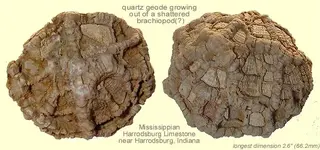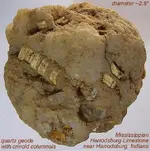- #1
Thread Owner
Any input would be appreciated. Thanks
Attachments
-
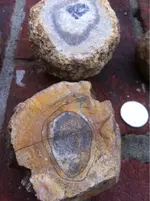 image-141285357.webp59 KB · Views: 107
image-141285357.webp59 KB · Views: 107 -
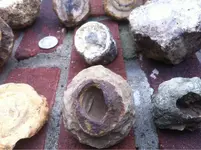 image-2137142388.webp72 KB · Views: 116
image-2137142388.webp72 KB · Views: 116 -
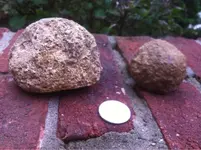 image-1833148599.webp63.1 KB · Views: 118
image-1833148599.webp63.1 KB · Views: 118 -
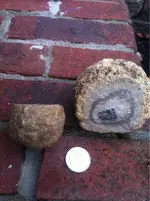 image-956226267.webp80.2 KB · Views: 114
image-956226267.webp80.2 KB · Views: 114 -
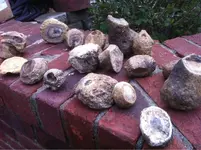 image-3187528857.webp82.4 KB · Views: 115
image-3187528857.webp82.4 KB · Views: 115 -
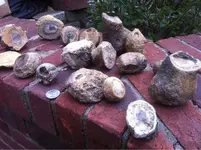 image-2713905364.webp84.5 KB · Views: 117
image-2713905364.webp84.5 KB · Views: 117 -
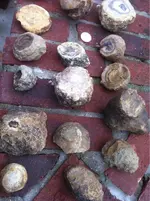 image-2143343871.webp91.9 KB · Views: 123
image-2143343871.webp91.9 KB · Views: 123 -
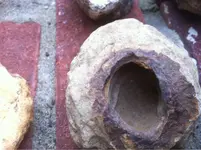 image-3455270111.webp56.4 KB · Views: 112
image-3455270111.webp56.4 KB · Views: 112



